German Fighter Aircraft of World War II: 1939-45 (Technical Guides)
£13.00£16.10 (-19%)
Arranged by type, German Fighter Aircraft of World War II offers a highly illustrated guide to the most important fighters used by the Luftwaffe during the conflict. It features such classics as the Messerschmitt Bf 109 and Bf 110, the Heinkel He 100D-1 and the Focke-Wulf Fw 187 and Fw 190, as well as curiosities such as the Arado Ar 68F-1, Henschel Hs 123 and Heinkel He 51B biplanes. Late war innovations, such as the jet and rocket powered Me 262, Me 163 and Heinkel He 162, are also included. Most types are represented in numerous variants and with examples drawn from different theatres of the war. The book includes all the major fighters that served in the invasion of Poland, the defeat of France, the Battle of Britain, Operation Barbarossa, the war in the Mediterranean, the fighting on the Eastern Front and the Defence of the Reich. Each featured profile includes authentic markings and colour schemes, while every separate model is accompanied by detailed specifications. Packed with 110 full-colour artworks, German Fighter Aircraft of World War II is a key reference guide for military modellers and World War II enthusiasts.
Read more
Additional information
| Publisher | Amber Books Ltd (14 Jun. 2020) |
|---|---|
| Language | English |
| Hardcover | 128 pages |
| ISBN-10 | 1782749705 |
| ISBN-13 | 978-1782749707 |
| Reading age | 12 years and up |
| Dimensions | 17.53 x 2.03 x 21.84 cm |


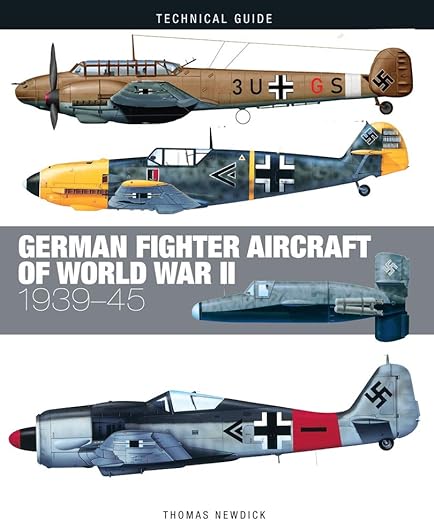
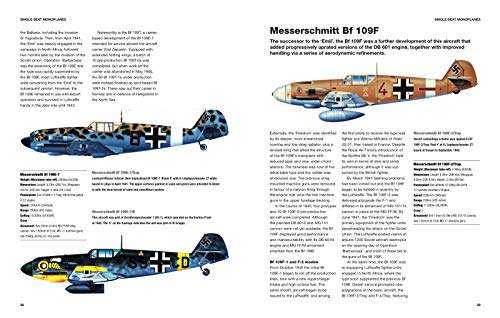

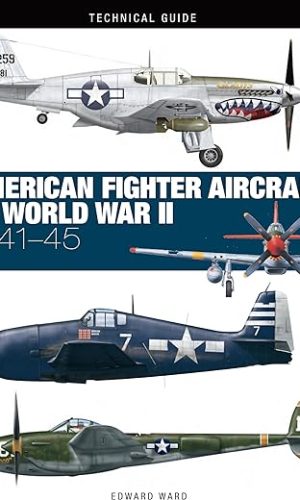
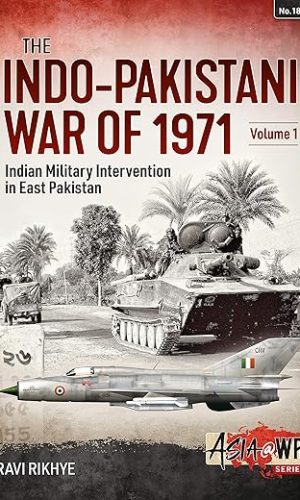
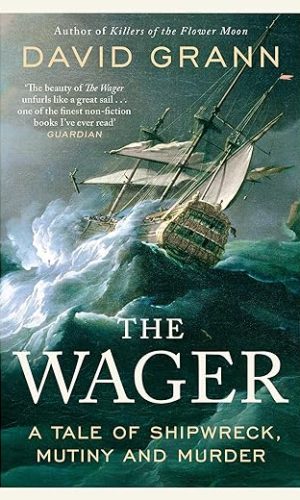


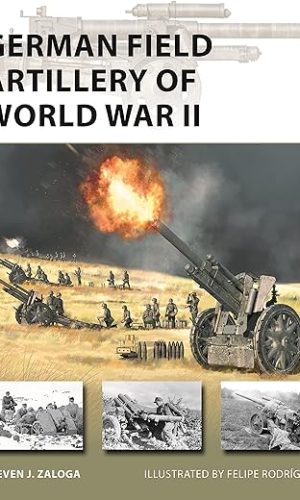

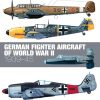
by John Vasco
Excellent book, full of details and info
by Misty
Bought as a birthday present for an aero modeller
He was thrilled with his present
by Ron Cameron
I use this for interest and for reference to help with modelling camouflage patterns , would definitely recommend ????
by Mr GTS
A very interesting compact book on German aircraft.
Attention to detail is accurate.
by Me
Really good reference guide for modellers like me; lots of high quality colour pictures throughout and much more detailed than I expected. Highly recommended!
by Me
If you build German aircraft from ww2 this book is perfect
by PB
I bought this based on the cover illustrations, which is always a gamble. Fortunately I got very lucky. This is an excellent resource for anyone interested in modelling German fighters from WW2. The illustrations are clear and provide plenty of detail for those wishing to use them as guides when painting. The book covers all the usual aircraft you would espect along with some less well known types, and it also provides a weath of historical detail and statistics of aircraft variants within a type. Overall this is an excellent reference and an absolute bargain for the price. I look forward to purchasing other books in the series.
by Amazon Customer
I can only go by the two sample pages that I have seen on Amazon with regard to the Bf 110. First of all, he says ‘Messerschmitt Bf 110 C-4/B. This aircraft flew with II. Gruppe, Erprobungsgruppe 210, deployed in raids across the English Channel in the summer of 1940. It features the famous Wespen (“wasp”) nose markings of Zerstörergeschwader 1’ with reference to the profile on the same page. Now, the book ‘Messerschmitt Bf 110/Me210/Me410’ by Heinz Mankau and Peter Petrick (English edition published by Schiffer), page 177, simply states re the Bf 110 C-4/B: ‘Gotha supplied four machines under the designation Bf 110 C-4/B. These were later carried on the books as Bf 110 C-7s, however’. The production bomber version of the ‘C’ was the C-7. Secondly, he states ‘II Gruppe, Erprobungsgruppe 210’. Erprobungsgruppe 210 never had a II. Gruppe. Thirdly he states that: ‘It features the famous Wespen (“wasp”) nose markings’. Erprobungsgruppe 210 never carried the Wespe emblem. The only unit to carry the Wespe emblem during the Battle of Britain was III. Gruppe of Zerstörergeschwader 76, and this emblem was the original one of three small wasps above clouds.
Onto the second sample page, he says: ‘The subsequent Bf 110 D series was intended for long-range operations’. That was the case for the Dackelbauch with the additional fuel tank and oil tank housed in the Dackelbauch fairing, but was not necessarily applicable to the standard non-Dackelbach Bf 110 D fighter and Bf 110 D fighter-bomber variants. He also says that once the Bf 110 met Spitfires and Hurricanes it was ‘hopelessly outgunned’. That’s a strange claim, since the Bf 110 carried two 20 mm cannon and four forward firing MGs, whereas the Bf 109 only has two 20 mm cannon and two forward firing MG. Of the two fighters, the 109 was outgunned more so than the 110! He also says: ‘As that campaign continued (the Battle of Britain), the type was increasingly switched to bombing and reconnaissance missions’. Now this is 100% wrong – I haven’t a clue where he got that information from! There was a single Bf 110 unit in the Battle of Britain that was deployed as a fighter-bomber: Erprobungsgruppe 210. Their first operation against British shipping was on 13th July and they continued missions throughout the Battle of Britain. No other Bf 110 unit was ‘switched’ to fighter-bomber missions during the Battle. And the Bf 110 was already in service as a reconnaissance aircraft with the various recce Staffeln from the early stages of the Battle. He also says: ‘By the winter of 1940-1941 it had found a new niche as a night-fighter. The first night fighter unit, Nachtjagdgeschwader 1, was formed under Hauptmann Wolfgang Falck, in June 1940, even before the Battle of Britain had commenced.
The caption to the photo of Bf 110s of 2./ZG 26 is incorrect. They are not C-1 sub-variants, as evidenced by the wing root aerial. They are C-2 or later.
The profile top left of the page of 3M+AB says it is a ‘C-1’, but the wing root aerial points to a C-2 or C-4.
The profile top right of 3U+NS has the extended rear fuselage but does not show the cable that ran along the top of the port fuselage to the rear which operated the release of the extended tail. Also, it has two aerials from the cockpit aerial mast (a feature of the ‘B’ variant and the ‘C-1’, but from the ‘C-2’ onwards there was only a single aerial going to the starboard fin). The cockpit area is not accurate.
The profile at the bottom of the page of S9+LP states it is a C-7. However, it has no wing root aerial, and again, this profile has two aerials from the cockpit aerial mast (a feature of the ‘B’ variant and the ‘C-1’, but from the ‘C-2’ onwards there was only a single aerial going to the starboard fin, as mentioned above). The cockpit area of this profile is also not accurate, and it has what can only be described as a silver port spinner…
To conclude: in view of all the foregoing I would not recommend this book to anyone, as it is riddled with errors from just those two sample pages concerning the Bf 110. It appears to me that the author has not drawn on any modern research which has been published, but relied on decades-old incorrect information that is STILL being accepted as fact.